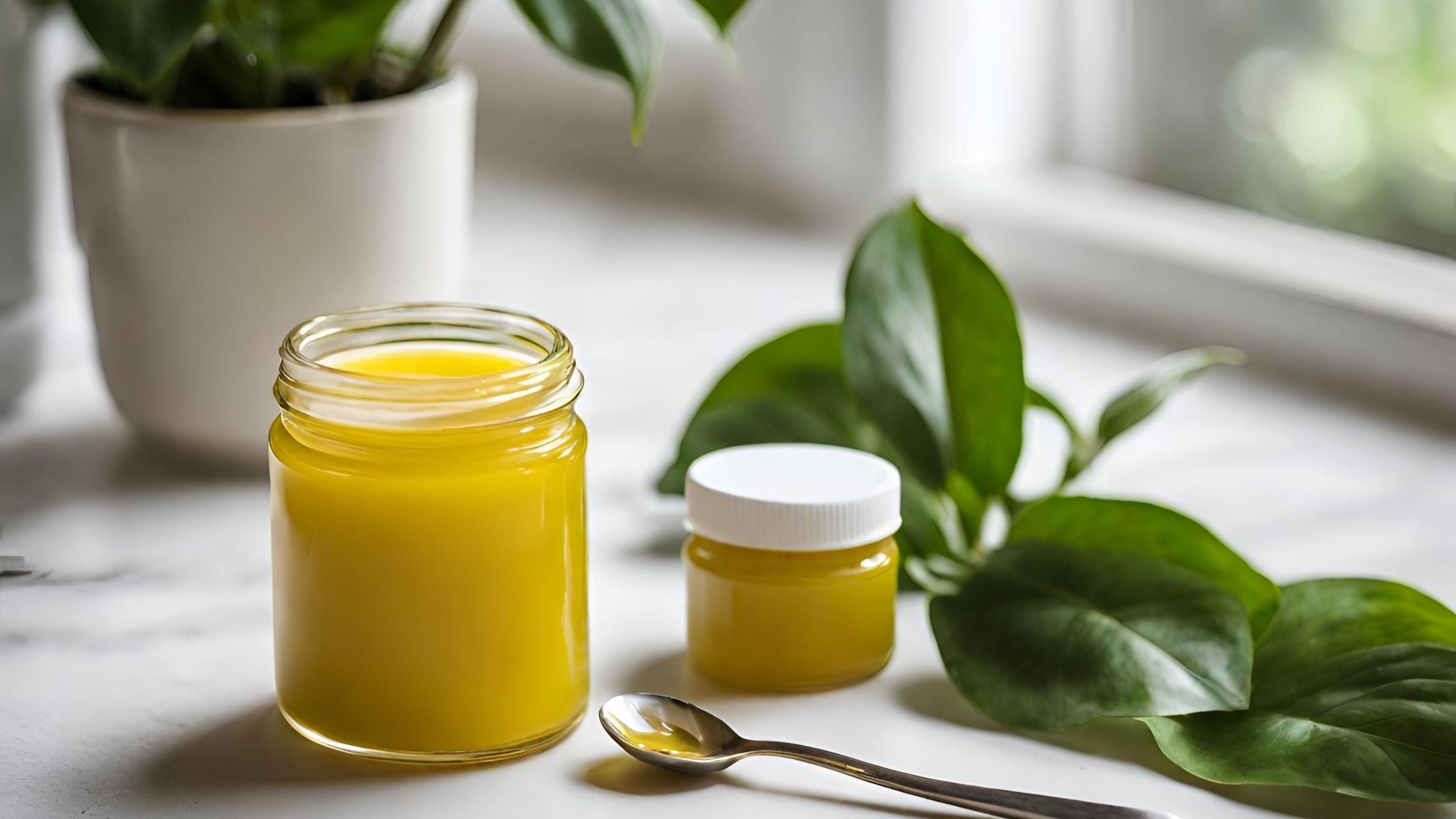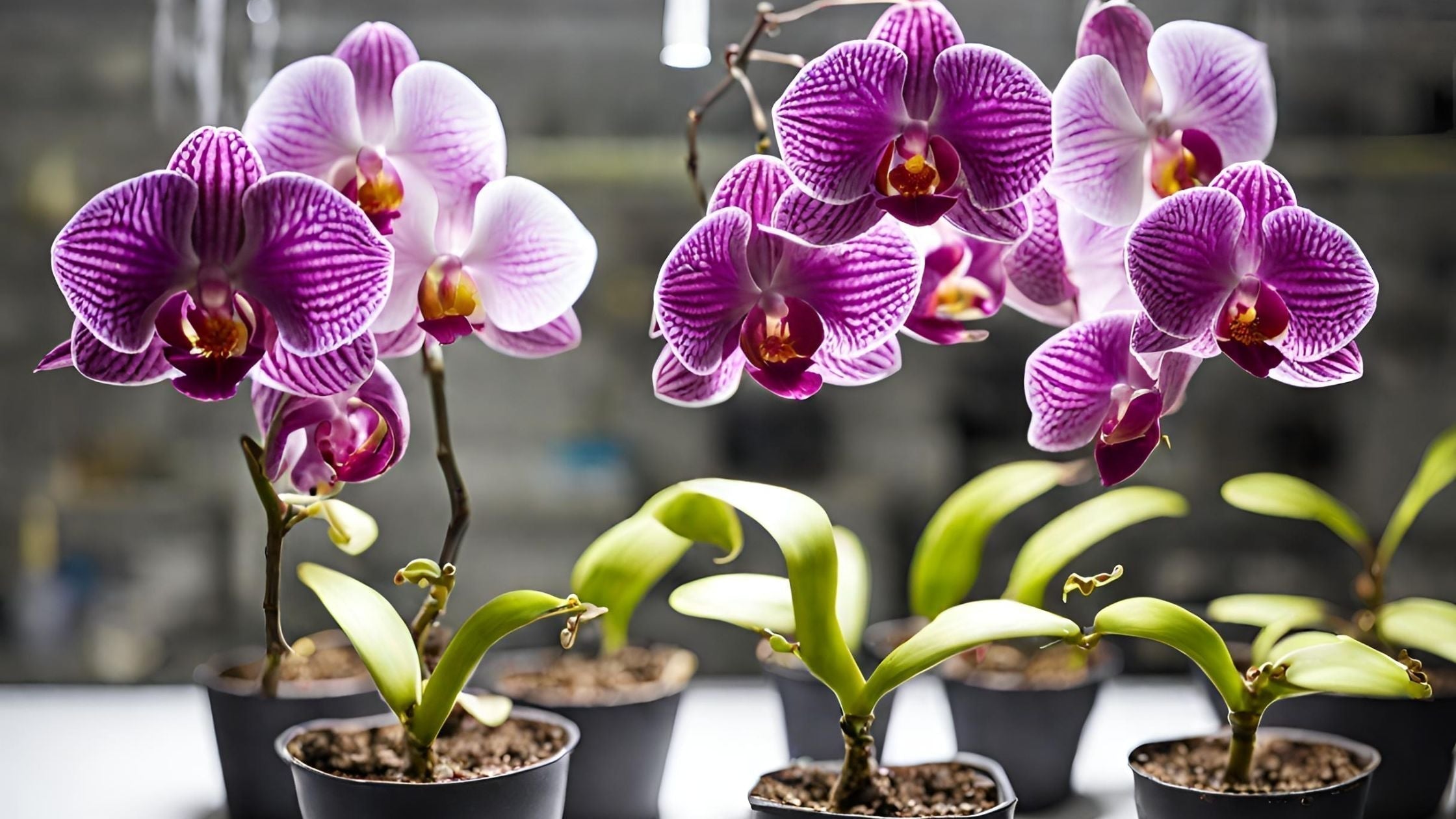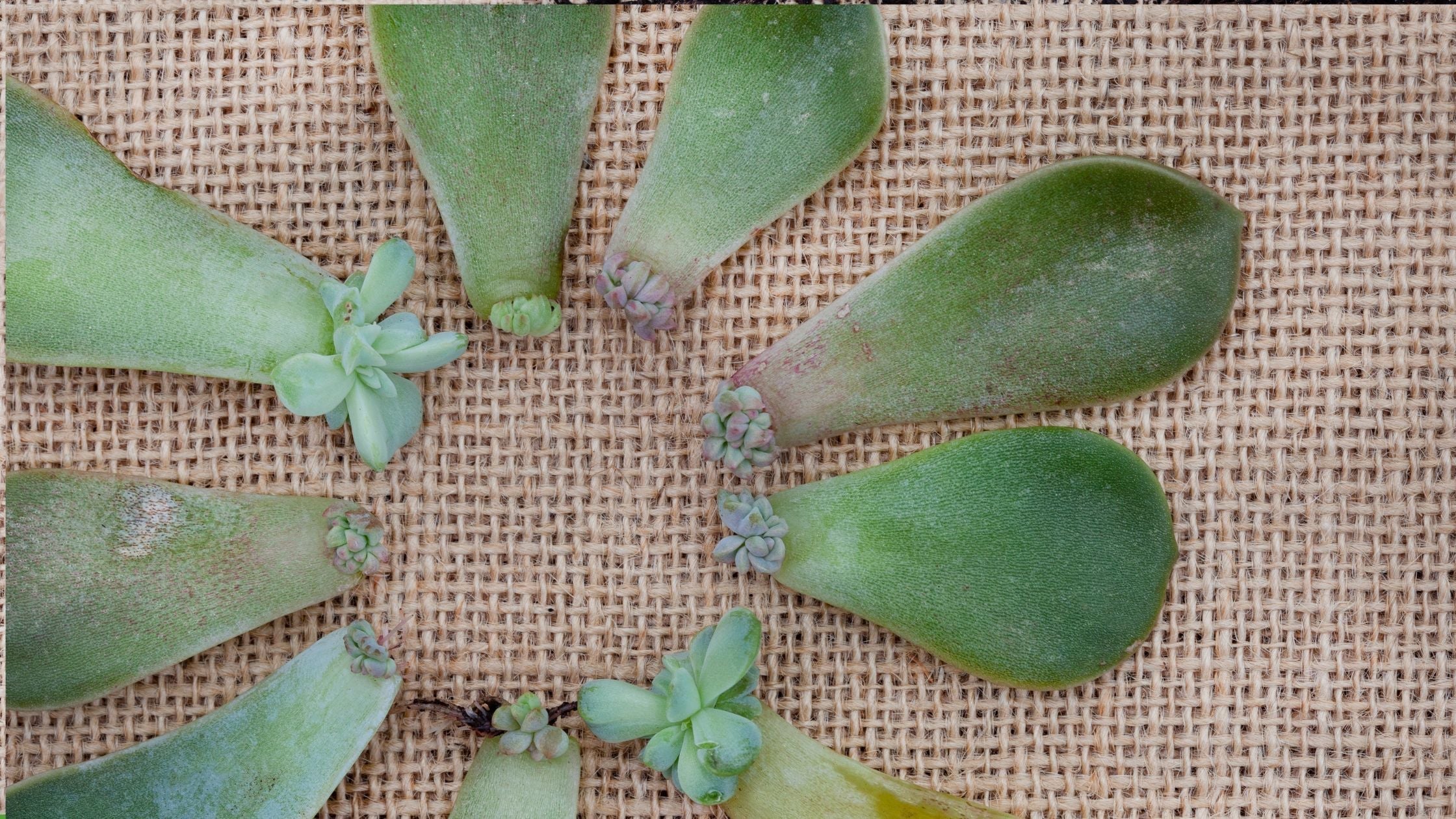
DIY Keiki Paste Recipe
Keiki paste is a fun and seemingly magical goo used to clone orchids, create new orchid blooms, and generate new growth on just about any healthy houseplant.
Can you make your own keiki paste? While it's available for home hobbyists to easily purchase here or here, for those who love DIY, it's also possible to make your own.
Keiki paste allows orchid and houseplant lovers to propagate their collections inexpensively. Using keiki paste, you can even save money by creating more plants (especially orchid keikis!) from the ones you already have.
What’s in keiki paste?
The most essential ingredients in keiki paste are lanolin and cytokinin.
A cytokinin is the key ingredient in keiki paste. Cytokinins are important hormones that stimulates the growth of lateral buds and leaves on plants. The most common cytokinin used in keiki paste, and the one in this recipe, is called benzylaminopurine (6-BAP). You can read more about how plant hormones work here.
Lanolin is a thick, sticky emulsifier derived from sheep's wool that creates the base and substance of keiki paste, allowing the plant hormones to be evenly distributed and absorbed. It also helps to protect and heal the plant from the tiny wound made when keiki paste is applied.
Additional ingredients: Some pastes (like our wildly popular Crazy Keiki Cloning Paste) also contain vitamins and other proprietary ingredients to enhance growth further, but for the sake of simplicity and cost-effectiveness, this DIY recipe contains only two ingredients.
DIY Keiki Paste Recipe - Ingredients & Equipment:
- 3.5oz lanolin
- 0.1g 6-BAP powder (can experiment with up to 0.4g)
- Mask to prevent inhalation of the 6-BAP
- Bowl for hot water bath
- Small glass jar with lid
- Small spoon
- Scale sensitive to the milligram
- Mortar and pestal (only needed your 6-BAP is not finely ground)
How to Make Your Own Keiki Paste - Instructions
- Make a hot water bath by adding enough hot water to a bowl to ensure that when you place the small glass jar the bowl, it will be able to rest without water getting inside or the jar tipping over. Lanolin will begin to melt at just above body temperature, so don’t make this too hot. It’s extremely important that the 6-BAP isn’t added when lanolin is too hot because it would render the final product ineffective.
- In your small glass jar, add lanolin and then place the jar in the hot water bath so that the lanolin can melt from solid to liquid.
- If your 6-BAP is not already in a consistent fine powder, use a pestle and mortar to grind it before weighing.
- Weigh your finely ground 6-BAP powder, and add the precise amount to the lanolin.
- Mix thoroughly with a small spoon until the powder is completely incorporated.
- Allow to cool before using or - when cool - top with an airtight jar until ready to use!
How to Apply Keiki Paste
Applying keiki paste to your orchid or houseplant is quick and easy, and by following a few essential tips, you can ensure that the magic will work on your plants.
For starters, it's essential that you properly locate the node of your plant. This post goes into detail explaining how to locate a node on any plant.
Secondly - and this is a step often missed by those who tend to skip reading instructions - be sure to gently score the node before applying keiki paste. This means you want to - ever-so-slightly - create a wound on the node with a pin, sharp knife, toothpick, or even your fingernail. Take care not to sever or damage the plant. This step ensures that the plant hormones get to the plant's cells they need to interact with.
And finally, but potentially the most important - be sure you apply keiki paste to healthy plants that are currently in a growing cycle. If your plant is not receiving appropriate amounts of light, water, and fertilizer, you may not see the results you're hoping for. Likewise, if your plant is currently dormant (perhaps because of the shorter days of winter), you may want to wait until it's receiving more light.
Keiki paste works because the plant hormones will trigger growth at a node. How successful this growth will be depends on how healthy your plant is and how much energy potential it currently has to grow.
Does Keiki Paste Go Bad?
Generally speaking, keiki paste is shelf-stable, as its base, lanolin, does not go rancid quickly. Properly prepared and stored, it should last many years from the production date.
That said, rare signs of spoilage include changes in color or texture, foul odors, and bubbling. Discard any paste that shows these signs of deterioration.
To maximize freshness, store keiki paste in an airtight container. Due to the non-sterile environment of household kitchens, homemade mixes likely won't last as long as commercial pastes. It's best to make DIY paste in small batches that you can use relatively quickly.
Things to Consider Before Making Homemade Keiki Paste
While homemade keiki paste can successfully produce baby orchids and new plant growth, it can have some drawbacks. Getting the ratio of lanolin to cytokinin correct can be tricky. Too little hormone won't be effective, while too much may damage plants.
Keiki paste is non-toxic to plants and animals. That said, 6-BAP is a very fine powder which can be toxic if inhaled, so extra care must be taken to ensure it’s not ingested in this way if you choose to make this at home.
Store-bought keiki paste has more precise concentrations and sterilization. They may include other beneficial additives as well. So homemade keiki paste can work but may produce more inconsistent results.
But probably the biggest question you want to ask yourself, is why make your own keiki paste, when it’s so easy - and not more expensive - to buy?
What is the best keiki paste you can buy?
We may be biased, but Crazy Keiki Cloning Paste is the best choice for orchid hobbyists and houseplant lovers, and over 4,000 five-star reviews from happy fans agree!
The founder of Southside Plants, a biologist and fellow plant person, tested and formulated crazy Keiki Cloning Paste to contain the correct concentration of cytokinins with added vitamins to promote optimal growth. When applied correctly to healthy plants, new sprouts are inevitable.
If you’ve been wanting to try keiki paste on your plants - you have options! If you are a die-hard DIYer, you can make your own from scratch with this recipe. Or simply grab a vial of Crazy Keiki cloning paste now, apply, and watch the magic sprout and grow.



Leave a comment
This site is protected by hCaptcha and the hCaptcha Privacy Policy and Terms of Service apply.